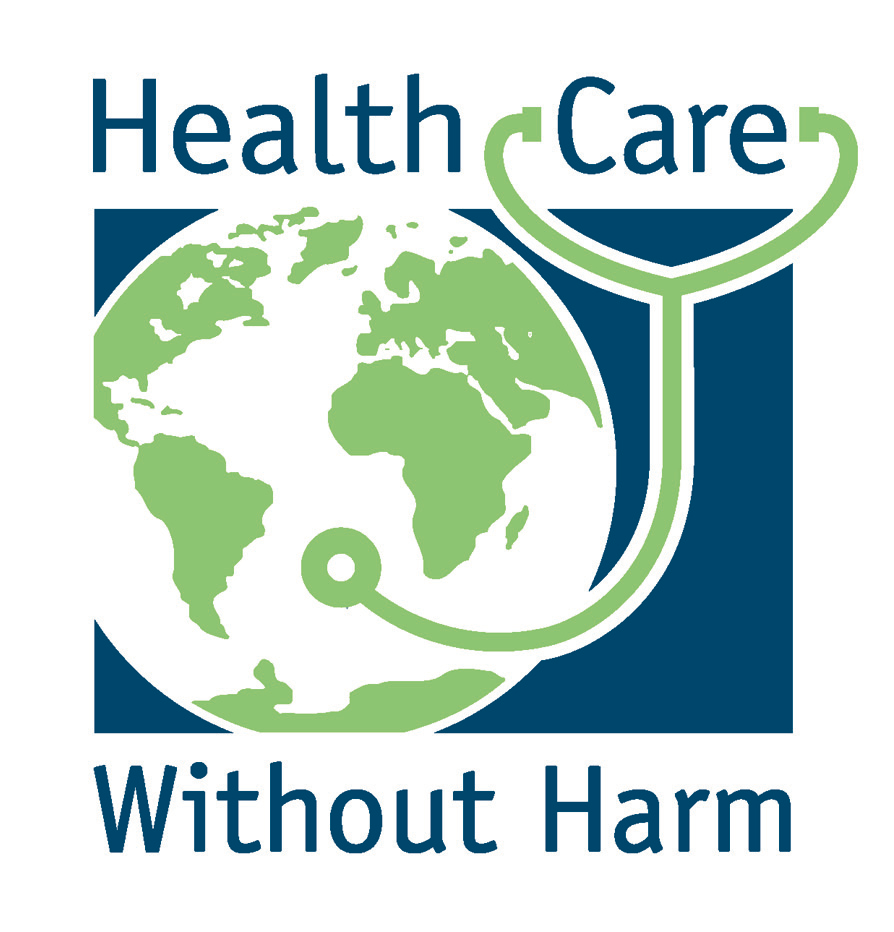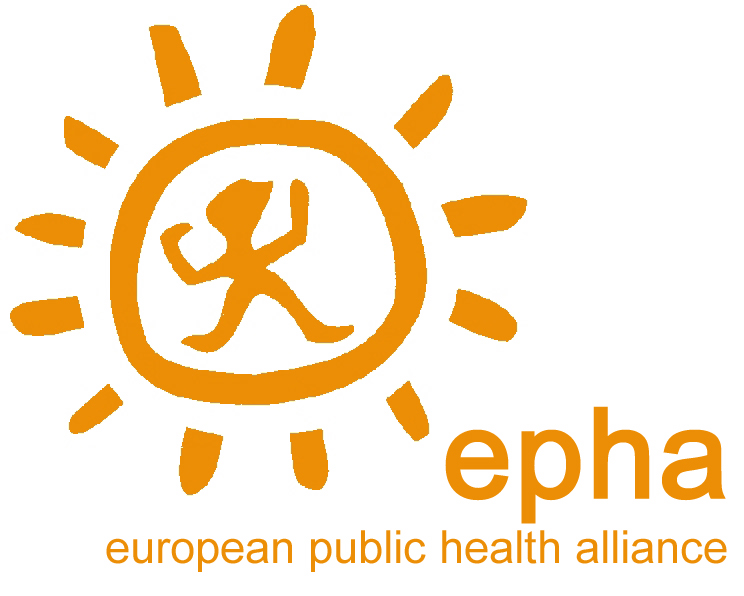Regulators’ Neglect of Pharma Pollution Worldwide is Deadly Policy gap for Europe
 |  |
Brussels, 11 December 2015
For Immediate Release
Putting pharmaceutical pollution high on the agenda, introducing plausible solutions and demanding urgent policy changes: this is what brought together over 60 key players from different fields yesterday at the European Parliament.
During an event organised by the European Public Health Alliance (EPHA) and Health Care Without Harm (HCWH) Europe, policy makers, the pharmaceutical industry, and civil society representatives working on antimicrobial resistance (AMR) examined the dimensions of pharmaceutical pollution caused by antibiotics, and their impacts on the proliferation of AMR. Hosted by MEPs Martin Häusling (Greens/EFA, DE) and Jasenko Selimović (ALDE, SWE), Pharmaceutical Pollution – An Ignored Cause of AMR presented evidence on antibiotic pollution due to opaque global supply chains in the production process and, following their market authorisation, in the area of human prescription and animal husbandry.
Pharmaceutical Pollution – An Ignored Cause of AMR managed to successfully continue the debate started with the UK Review on Antimicrobial Resistance’s report of 8 December 2015, which calls for the rapid introduction of minimum standards to improve waste management in antimicrobial production and outlines methods for achieving a substantial reduction in the use of antibiotics in livestock rearing worldwide. EPHA and HCWH’s event revealed how policy solutions to AMR and pharmaceutical pollution must encompass environmental criteria in good manufacturing practices, stricter provisions on supply chain transparency, better control of the use of antibiotics in animals, and research on alternatives to antibiotics. Event participants demanded that regulators, currently showing a lack of interest in the topic, get up to speed with the problem and develop policy changes urgently.
“The environmental dimension of AMR has been comparatively neglected in EU level debates, yet it is one of the main contributors to its global spread” stated EPHA policy manager Sascha Marschang. “Coherent policy responses must come from both legislation related to medicinal products and areas like industrial emissions, food, water, soil and other relevant environmental and chemical, and they must come fast.”
Health Care Without Harm Europe Executive Director Anja Leetz added that “Policy makers and stakeholders need to make themselves aware not only of how many antibiotics are used, but where, when and by whom. The goal needs to be to control antibiotics throughout the life circle, during production, use and disposal to protect the environment and human health.”
“AMR is a global emergency, which requires a comprehensive approach obliging companies to take responsibility for pollution in their supply chains.” declared Natasha Hurley, Changing Markets
Pharmaceuticals in the environment are a global pollution problem – more than 600 different pharmaceutical agents or their metabolites have been detected in at least 71 countries on all continents. Pharmaceutical pollution has for too long been an ignored cause of AMR. Pharmaceutical residues have been detected in surface water and sewage effluent, but also in groundwater, drinking water, manure, soil, and other environmental matrices and are often caused by pharmaceutical pollution. A vicious circle: according to the World Health Organization, AMR is responsible for 25,000 deaths a year across the EU and already has an economic burden of 1.5 billion euro.
EPHA, HCWH and partners are eagerly awaiting a strong response from the European Commission, which is set to release its Strategy on Pharmaceuticals in the Environment and a revised Action Plan on AMR in 2016.
Context
The independent Review on Antimicrobial Resistance (AMR Review) estimates that drug-resistant infections could kill an extra 10 million people across the world every year by 2050 – more than the total amount of people who already die each year of cancer (8.2 million) and diabetes (1.5 million) combined, and have a cumulative cost of $100 trillion - more than one and a half times the annual world GDP today.
Pharmaceuticals in the Environment from Production
Currently, the environmental impact of pharmaceutical pollution in the production stage outside of Europe is very poorly regulated and controlled.
The 2015 SumOfUs report ‘Bad Medicine’, co-authored by event speaker Natasha Hurley from Changing Markets, shed light on the issue of pharmaceutical pollution at the production stage, showing that the release of antibiotic effluent into rivers and the environment is contributing to the rise of drug-resistant bacteria.
Pharmaceuticals in the Environment from Veterinary Use
Non-therapeutic use of antibiotics in food-producing animals and veterinary medicine is probably the world’s leading cause of AMR today. At present, more antibiotics are given to healthy food-producing animals globally than are used to treat disease in human patients.
Animals bred for food are routinely given small doses of antibiotics to accelerate growth. This has severe consequences for human and environmental health. Animals develop resistant bacteria, which can be passed on to humans directly (through the consumption of meat which is not handled or cooked properly) and indirectly (through the consumption of food crops grown with fertiliser or water containing animal faeces) and are also released into the environment.
Positive signals come from some European: Denmark, the world’s leading exporter of pork, outlawed the non-therapeutic use of antibiotics in pigs.
Extra Quotes
“Antibiotics need to be prescribed rationally so that they are still available when truly needed as a last resort in fighting illness for humans and animal husbandry. Only transparency and data will enable us to understand the full impact of antimicrobial resistance and apply risk reduction measures.”
“Policy makers and stakeholders need to make themselves aware not only of how many antibiotics are used, but where, when and by whom. The goal needs to be to control antibiotics throughout the life circle, during production, use and disposal to protect the environment and human health.”
Anja Leetz, Health Care Without Harm’s Executive Director, event speaker
About EPHA
EPHA is a change agent – Europe’s leading NGO advocating for better health. - The objective of the European Public Health Community is to protect and promote public health: Improved well-being of people should be the primary objective of EU policies, and EU trade policy is regarded as a tool to achieve a number of public interest objectives, including, protection of public health, the environment and consumer interests.
About HCWC
Health Care Without Harm (HCWH) Europe is a non-profit European coalition of hospitals, healthcare systems, healthcare professionals, local authorities, research/academic institutions and environmental and health organisations. It currently has 75 members in 26 countries from the WHO European region, including 17 EU member states.
MEDIA CONTACTS
Aidan Long, HCWH Europe
Email: aidan.long@hcwh.org
Giulia Vettore, EPHA
Email: giulia@epha.org
Phone: +32 (0)2 233 38 84
